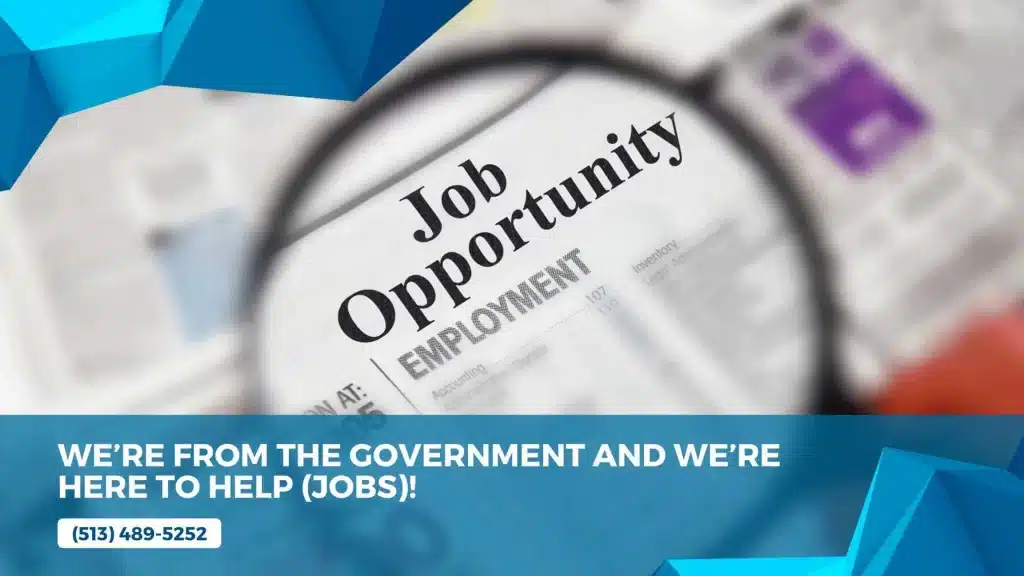A great deal any administration’s focus seems to be directed to increasing jobs in America. Whether green energy or infrastructure, what’s made the news usually includes some reference to new job creation. Is this credible? Can the federal government make a meaningful contribution to the country’s employment, and if so, where and how?
One thing for sure is subsidies for some businesses will surely create new jobs. The emphasis on green energy in the Obama administration probably at least temporarily generated new jobs. However, some of these went to Solyndra and Fisker, both companies that failed. So overall was that effort a jobs creator or not? We’re not sure. Not only that, but consider this. Eventually the assets of Fisker were acquired by a Chinese group and they created Karma Automotive. So the initiatives of the Obama administration apparently resulted in opportunity for a Chinese entity.
Come to think of it, wouldn’t a major increase in solar panels be yet another bonanza for China? And who’s making all the wind turbine parts? Siemans and GE are players, but who’s the primary beneficiary of wind turbine purchases?
On the other hand, there were some successes during this period of investment in green energy. However, a question remains—is the government better equipped to do this economic manipulation than the (somewhat) free market? In other words, should we taxpayers be optimistic about the plans of the Biden administration, or should we all be worried that more money pits are being generated—or diverted to Ukraine?
The recent presidents seem eager to proclaim programs as jobs creators. But what’s the history? Certainly, Obama’s green emphasis has good and bad, and it’s unclear if there’s any objective story concerning Trump’s economic work. Let’s remember Biden’s famous championing of the Obama Stimulus’s “shovel ready” projects. He apparently discovered most shovels were MIA, so it seems to us there’s a credibility gap to all this.
We also think there are some statistics that will support just about any claim, good or bad. We’ve become very wary of job claims from any administration. And this is particularly true for the naming of federal programs.
At the present time we see rapidly rising fuel, metals and lumber costs, shortages of many things, both commercial and retail, and continuing inflation. Is this an environment for healthy business? And then there’s the issue of staffing. With all these jobs in the offing, who’s going to do them and where are these people?
What can the federal government do in the short run to increase the supply of job applicants? And aren’t sales business issue #1? What can our feds do about increasing sales potential for the vast array of small businesses? After all, small business is where most of the jobs are, so that’s the segment most in need of … help?
We at Proficient Sourcing deal with manufacturing job shops, and they are normally in the $10-25M annual sales size. So we have a pretty good view of small manufacturing businesses, and 100% of them are looking for good employees. Some have growth limited by the lack of new employees in addition to many of the other problems noted above.
Apparently, this is not a circumstance confined to mostly Midwest small manufacturers. The news is full of accounts of large companies struggling to find new employees, and we dare you to find a fast food shop without a help wanted sign somewhere. Surely there are some, but we haven’t found any in our very informal search.
So what’s going on here, and who’s doing anything about it?
Recently John Deere was featured in a news article reporting on the unprecedented difficulty they are having finding sufficient new employees to ease their growing and large backlog of equipment orders. Historically Deere has not had any trouble attracting resumes; not so this time, even though Deere is the area’s premier employer with good benefits.
This is occurring somewhere in Iowa, and since Deere is paying a starting wage of something in the $19/hour area (if we remember correctly) the $15 minimum wage momentum would have no effect. So that’s not the problem.
Policy under the Biden administration has greatly increased immigration, and some think this ought to help employment shortfalls. But without any filters on who comes in, we do not understand how someone unlikely to speak English well and without much education is likely to be a helpful addition. Most manufacturing shops we know are interested in people with basic math knowledge and some familiarity with machinery as a really basic minimum. So the flood of new immigrants do not seem much of a solution for the businesses we deal with.
Seems to us that there are perhaps 2 priority areas that make sense. One is to focus on trade-type education to give people skills that are useful generally. The other could be some incentive to hire non-skilled workers and incorporate on-site training without specifying the type of business.
It may be that the very many and varied federal jobs programs are not well coordinated and can’t adjust to changing conditions in the market. Generally, most job problems will ease with vigorous GDP growth and an absence of the government directly impacting specific companies. Perhaps, for example, the emphasis on chips manufacturing will help. But we hope that’s not another Solyndra in the making!
And finally, we’re suspicious that any federal program is likely to have an almost infinite life regardless of its cost-benefit result. After all it seems there are very few votes available for cancelling something and many to be gained by recipients of program spending.
Perhaps the best plan is simply to concentrate on GDP growth. That would seem to be the best bang for the buck job-wise.


